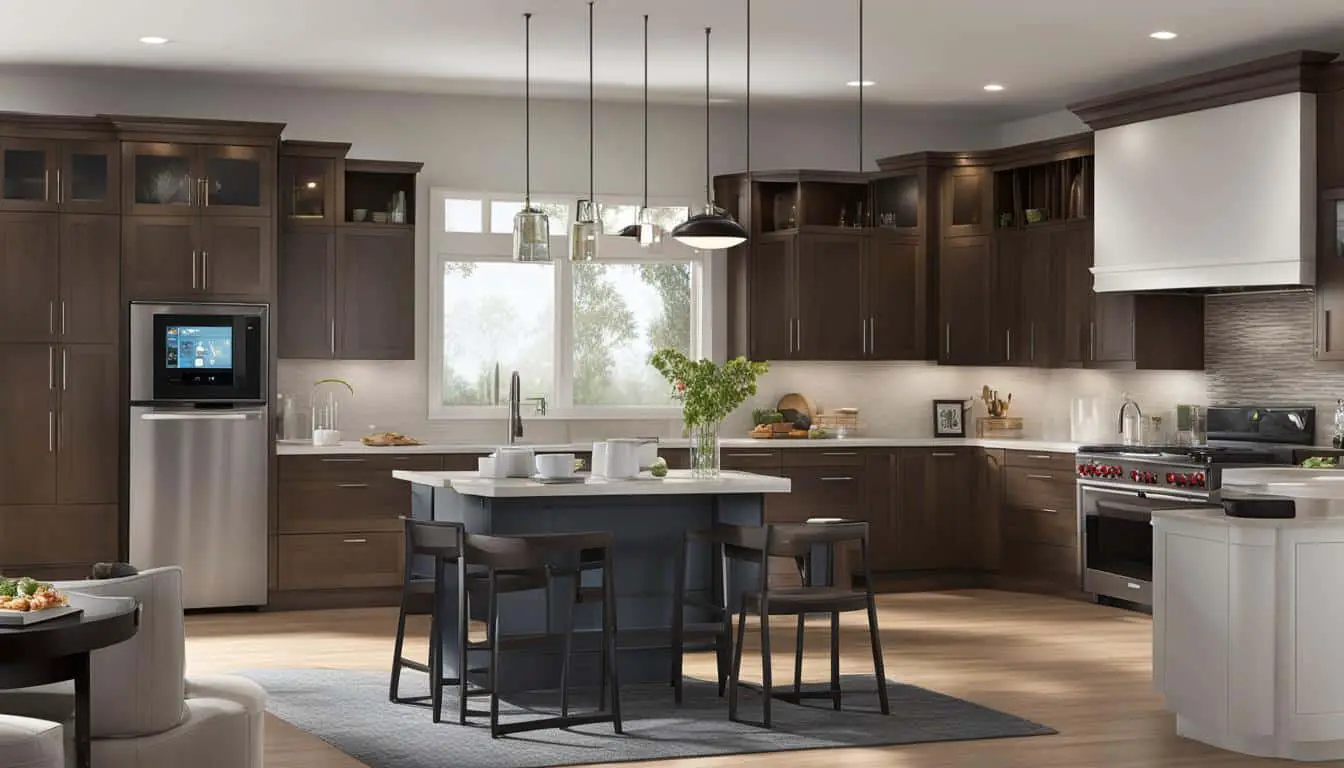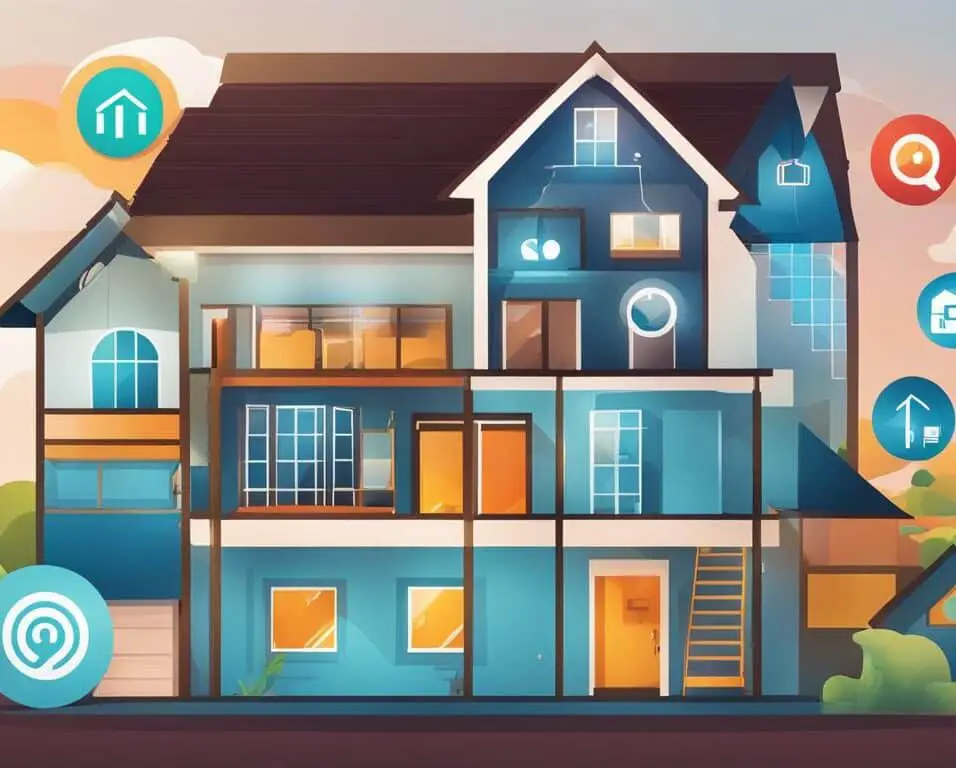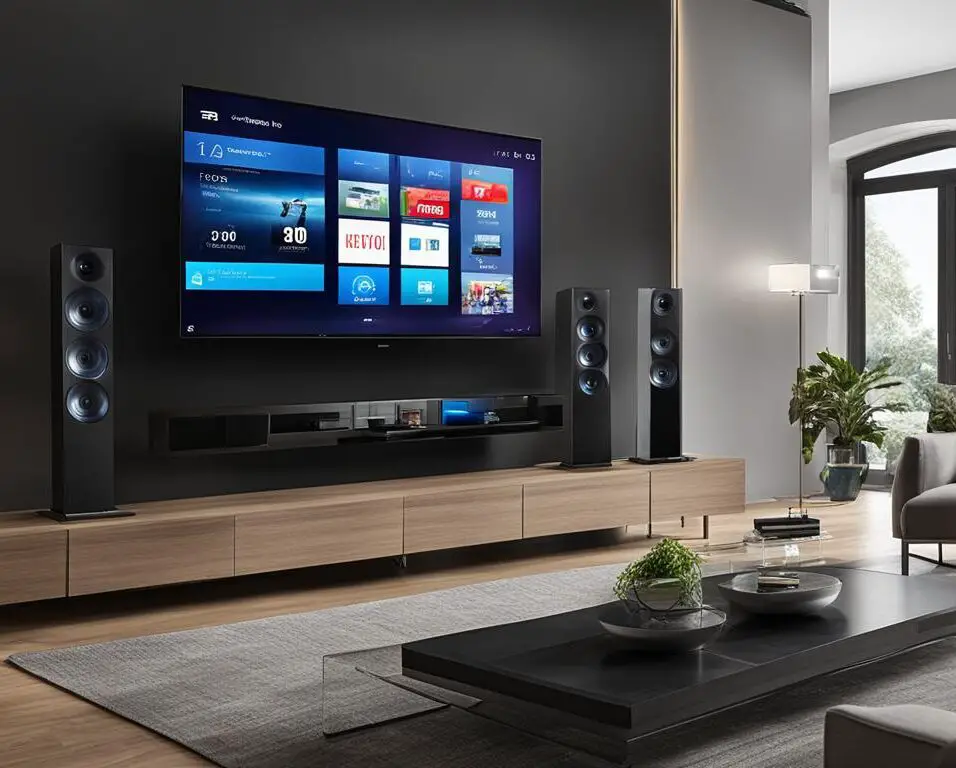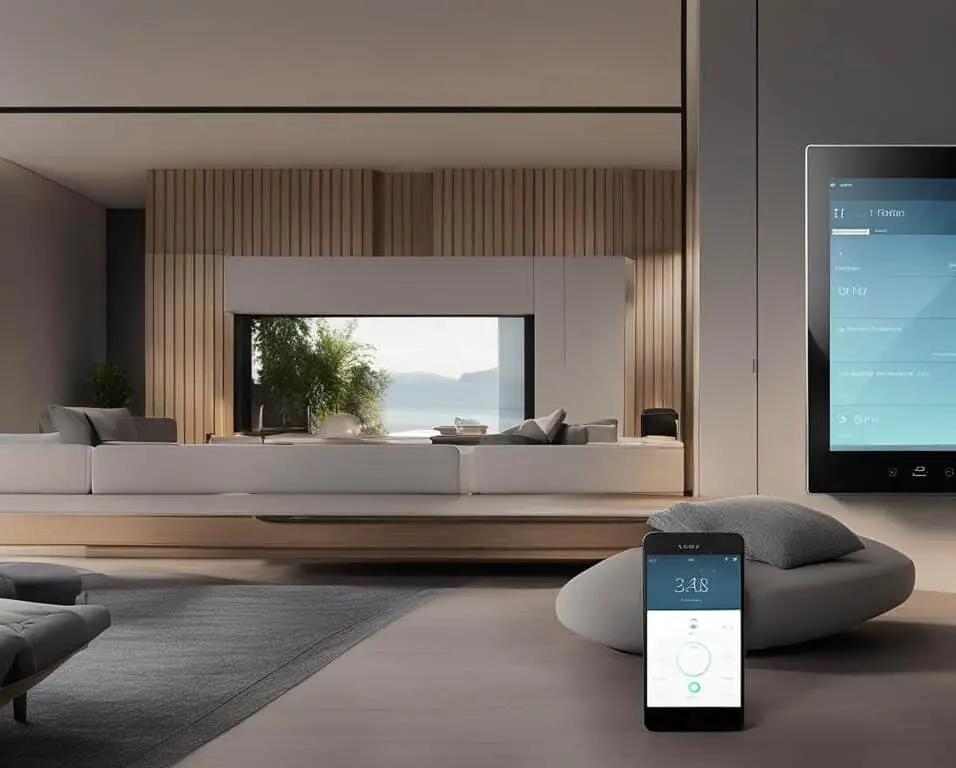Smart Home Tech for Accessible Living
A smart home is equipped with smart home technology, allowing for the automation and remote control of various household systems and devices. Examples include smart thermostats, smart locks, smart lighting, and smart appliances. The goal of smart home technology is to provide increased convenience, energy efficiency, and safety for homeowners. Over the years, smart home technology has evolved from large and expensive systems to more affordable and user-friendly options. Today, there is a wide range of smart home devices and systems available to consumers, designed to enhance accessibility and create an inclusive living space.
Key Takeaways
- Smart home technology enables automation and remote control of household systems and devices.
- Smart home devices enhance convenience, energy efficiency, and safety for homeowners.
- Smart home technology has become more affordable and user-friendly over the years.
- There is a wide range of smart home devices and systems designed for accessibility and inclusivity.
- Smart home technology is constantly evolving, offering new possibilities for accessible living.
How Smart Home Technology Benefits People with Disabilities
Smart home technology offers numerous benefits for individuals with disabilities. It enhances accessibility by providing features like voice-controlled doors and appliances, making it easier for people with disabilities to move around and perform daily tasks. It promotes independence by allowing individuals to manage their homes and perform tasks independently. Smart home devices such as smart smoke detectors and carbon monoxide detectors can also enhance safety and security for individuals with disabilities.
Furthermore, smart home technology can improve the quality of life by automating tasks, adjusting temperature and lighting, and facilitating socialization through video conferencing. For wheelchair users, adaptive smart home technologies can provide greater mobility and convenience. With the use of smart home devices, individuals can control their home environment using voice commands or through a mobile app, eliminating the need for physical interaction with switches and buttons.
Overall, smart home technology offers a range of inclusive solutions that cater to the unique needs of individuals with disabilities. It not only improves accessibility and independence but also enhances safety, comfort, and overall quality of life for those living with disabilities.
“Smart home technology has revolutionized the way individuals with disabilities interact with their homes. It has given us the ability to control our environment in ways that were previously unimaginable. With voice-controlled devices and automation features, we can easily perform tasks that were once challenging or impossible. It’s truly empowering.”
Must-Have Smart Home Devices for Disabled Individuals
When it comes to creating an accessible living space, smart home technology is a game-changer for disabled individuals. With the right gadgets, individuals with limited mobility can enjoy an enhanced level of independence and convenience. Here are some must-have smart home devices designed specifically to meet their needs.
Robotic Vacuum Cleaners
Cleaning can be a challenge for individuals with limited mobility. That’s where robotic vacuum cleaners with smart navigation and voice control capabilities come in. These devices can effortlessly clean floors, making the task easier and more manageable for disabled individuals.
Voice-Controlled Smart Assistants
Smart voice assistants like Amazon Echo and Google Home are a must-have for individuals with disabilities. With voice commands, they can control lights, answer doors, and set reminders. These devices serve as a virtual assistant, offering convenience and accessibility to those who have difficulty with physical tasks.
Smart Safety Sensors
Ensuring home safety is a top priority for everyone, especially for disabled individuals. Smart smoke detectors and safety sensors provide peace of mind by detecting potential hazards and alerting homeowners in case of emergencies. These devices are essential for creating a secure living environment.
Smart Lighting and Locks
Accessibility is key for disabled individuals, and smart lighting with motion sensors can greatly improve their mobility at home. Lights can automatically turn on or off as they move around, enhancing safety and reducing the need for physical switches. Additionally, smart locks offer keyless entry and remote control capabilities, making it easier for individuals with limited mobility to enter and secure their homes.
In addition to these devices, there are other smart home gadgets and appliances that cater to the specific needs of disabled individuals. Smart thermostats allow for temperature control with voice commands, home cameras provide monitoring and security, and smart appliance attachments enable voice-controlled usage. With these innovations, disabled individuals can enjoy greater independence and a higher quality of life through home automation.
FAQ
What is smart home technology?
Smart home technology refers to the automation and remote control of various household systems and devices, such as thermostats, locks, lighting, and appliances, to provide increased convenience, energy efficiency, and safety for homeowners.
How does smart home technology benefit individuals with disabilities?
Smart home technology enhances accessibility by providing features like voice-controlled doors and appliances, promoting independence by allowing for independent management of homes and tasks, and improving safety and security through devices like smart smoke detectors and carbon monoxide detectors.
What are some essential smart home devices for disabled individuals?
Essential smart home devices for disabled individuals include robotic vacuum cleaners with voice control capabilities, smart voice assistants for controlling lights and answering doors through voice commands, smart smoke detectors and safety sensors, smart lighting with motion sensors, smart locks for keyless entry, as well as smart thermostats, home cameras, and smart appliance attachments for voice-controlled usage.








